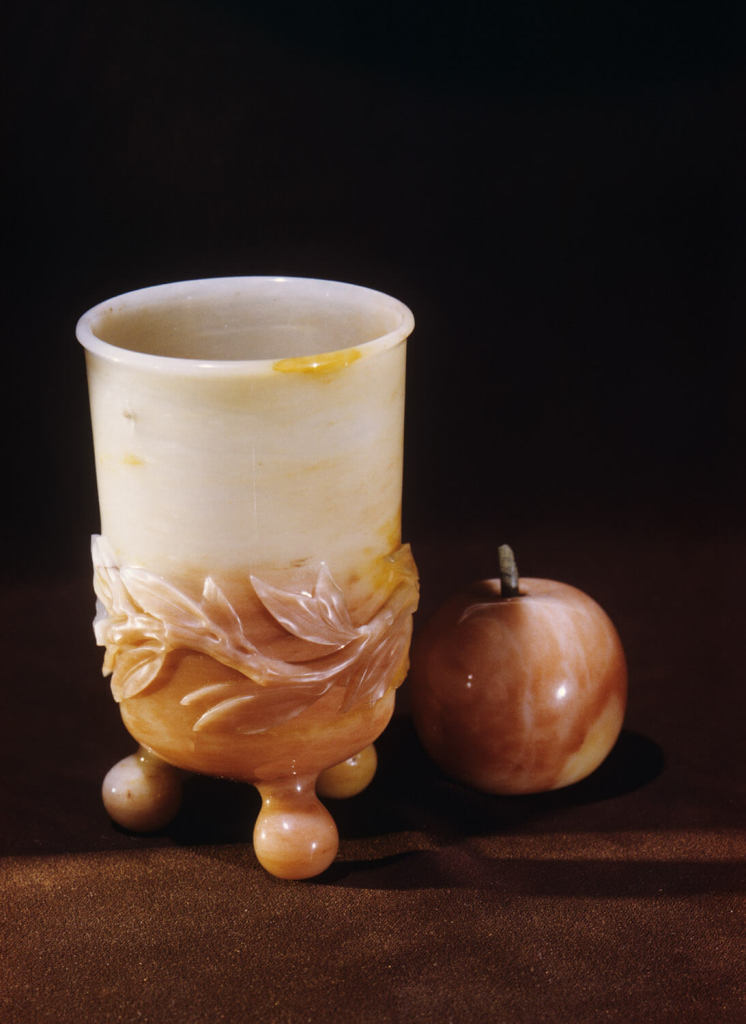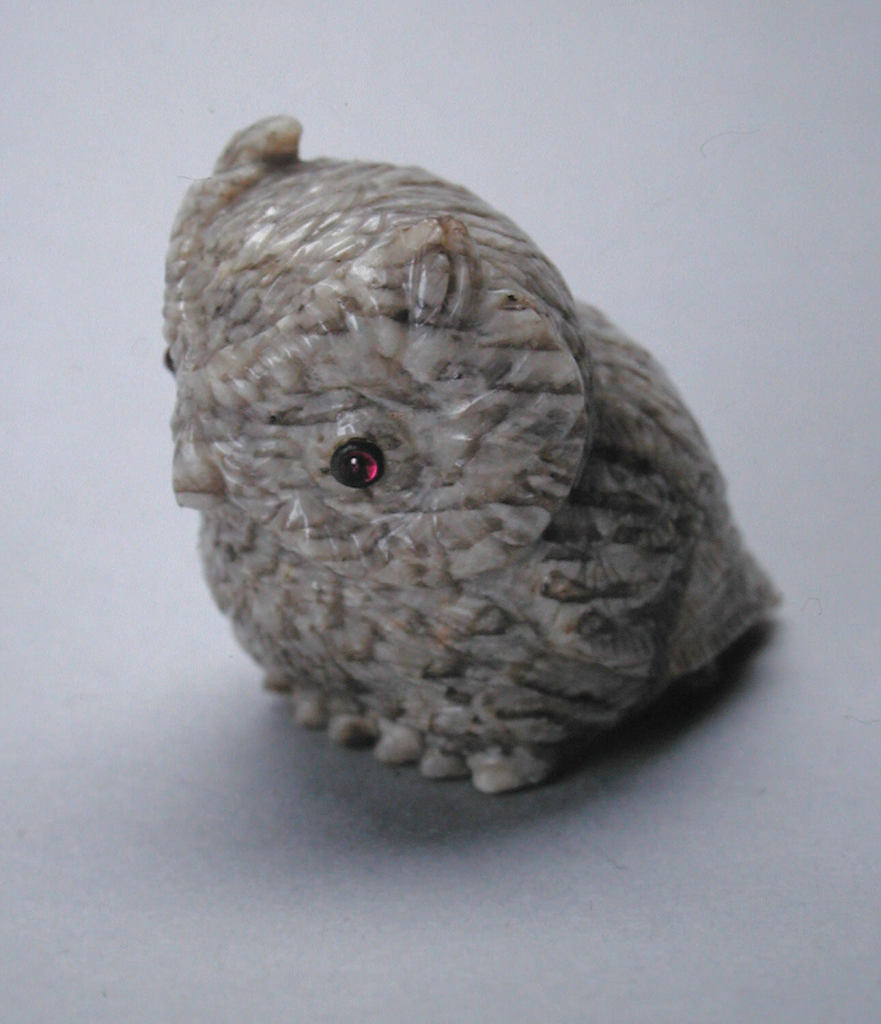Fersman Mineralogical Museum
In 2016 the oldest RussIan natural scIence museum, known the world over as the Fersman Mineralogical Museum, celebrates its 300-year anniversary. Today it has one of the largest mineralogical museum collections in the world with 150,000 specimens in total and more than 15,000 specimens in seventeen special exhibits displayed in the showcases of one huge hall. The largest consists of a systematic exhibit of 3,500 mineral species.
Other exhibits are devoted to various aspects of the Mineral Kingdom, such as “Processes of Mineral Growth,” “Physical Properties of Minerals,” “Natural Mineral Forms,” “Geochemistry,” and “Synthetic Minerals.” There are also many special exhibits, for example, “Caves,” “Crystals,” “Fluorescence,” “Meteorites,” and “Agates.” Masterpieces of the carving art, produced by imperial Russian carving factories, and by the famous Fabergé firm, occupy a considerable part of the exhibition hall.
Most of them were created in the eighteenth and nineteenth centuries and came to the museum from estates and palaces of the nobility after the revolution of 1917.
An Embassy of the Mineral Kingdom in Russia
There is one place in Moscow where over the span of 100 meters, one can travel from the twenty-first century into the eighteenth century. Located just 3 kilometers from the Kremlin, near a noisy, hustling avenue, is an amazingly quiet place-along a wide greenbelt that parallels the Moscow River.
It is marked by sloping, carved gullies, quiet meadows and ponds, and narrow trails that wind between century-old linden and oak trees. Since the eighteenth century, when this place was chosen by Moscow aristocrats for their country homes, it has been called (Untedious Garden). One such home was a country estate built for Prince Orlov. In the beginning of the nineteenth century, a vast building was constructed that served as stables and as an indoor arena for a riding school. Later this building was transformed into the Imperial Reception Country Hall, and in the twentieth century it became the A. E. Fersman Mineralogical Museum of the Russian Academy of Sciences, one of the world’s largest repositories for mineralogical specimens.
The true history of the collection, however, begins much earlier, at the beginning of the eighteenth century. The Russian czar Peter I (often called Peter the Great) ordered the construction of a new Russian capital city, Saint Petersburg, near the mouth of the Neva River on the Baltic Sea Coast. Peter the Great introduced many innovations into Russian society, including the establishment of the country’s first public museum, the Kunstkammer, founded in Saint Petersburg in 1714.
Two years later, by order of Czar Peter I, a large collection of minerals (1,195 specimens) was bought from Dr. Gotwald in Danzig. This collection became the cornerstone of the Mineralogical Cabinet of the Kunstkammer. Thus, the history of the Mineralogical Museum of the Russian Academy of Sciences dates back to 1716, although the academy itself wasn’t founded until 1725.












